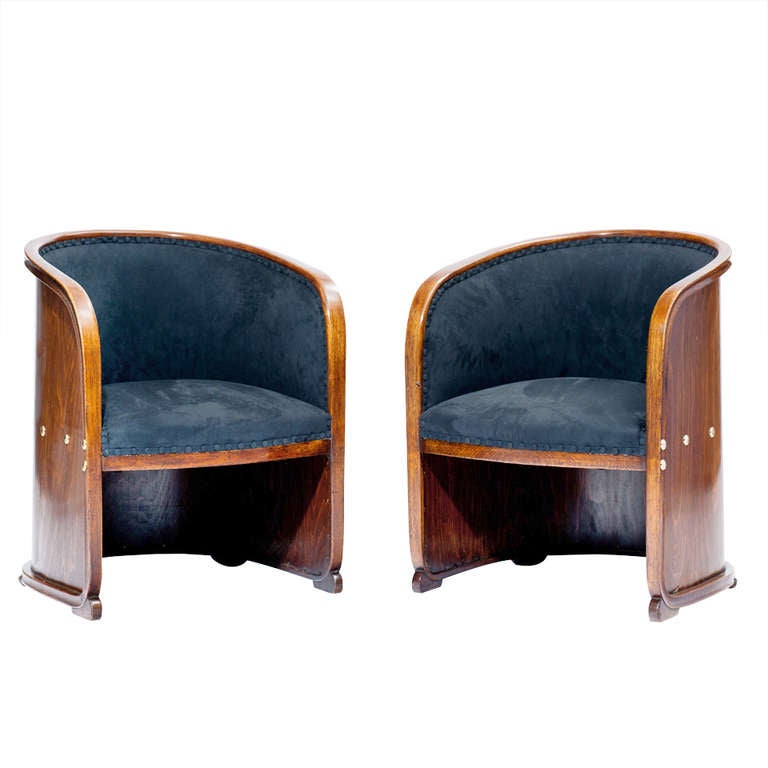A famous Post-Modernist, Robert Venturi who went to Princeton University for Architecture wrote two books that influenced Post-Modernism. The first book, "Complexity and Contradiction in Architecture," discussed how Modernism was limited because of the values it held about simplicity and logic. It posed that we should embrace ornamentation and that great design comes from complexity and contradiction. A famous quote was "Less is a bore," which contradicts Modernism's philosophy that "Less is more." His second Book "Learning from Las Vegas- the forgotten symbolism of architectural form," which studies the urban architectural form of Las Vegas, the results were used to show the need for ornamentation in urban architectural design. It posed that ornamentation provided meaning in urban architecture. Robert Venturi's style considered the historical precedent and the nuisances of modern living.
 Robert Venturi teamed up with another architect Denise Scott-Brown and developed the curious distinction between a "Duck" and a "Decorated Shed." He discuses this phenomenon in his essay "99% Invisible: Lessons from Sin City: The Architecture of Ducks vs Decorated Sheds." This explores the idea of how Vegas has learned how to attract people with the symbolic ornamentation of their architecture.
Robert Venturi teamed up with another architect Denise Scott-Brown and developed the curious distinction between a "Duck" and a "Decorated Shed." He discuses this phenomenon in his essay "99% Invisible: Lessons from Sin City: The Architecture of Ducks vs Decorated Sheds." This explores the idea of how Vegas has learned how to attract people with the symbolic ornamentation of their architecture. |
| Robert Venturi designed this house for his mother after his father died. She only requested that the house be unpretentious and had no garage as she was no longer driving. Some examples of today's architecture that have been inspired by the Duck vs Decorated Shed mentality.  
Peer Reviews:
Savannah Phillips:I really enjoyed how you included several architects in your blog
instead of focusing on one. It was a unique approach to the blog.
Alex Danner: It was great learning about the Memphis Movement from your blog
post. I also loved how you included the fashion and different elements.
The link below goes into more depth on the Vanna Venturi House:
https://www.dezeen.com/2015/08/12/postmodernism-architecture-vanna-venturi-house
-philadelphia-robert-venturi-denise-scott-brown/
|




























